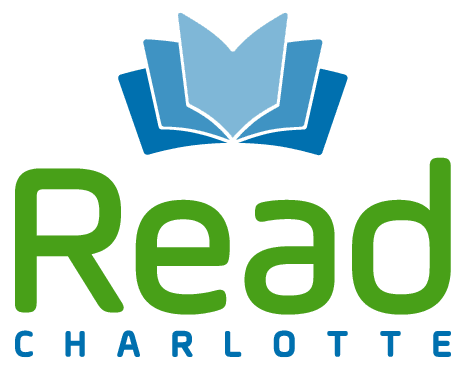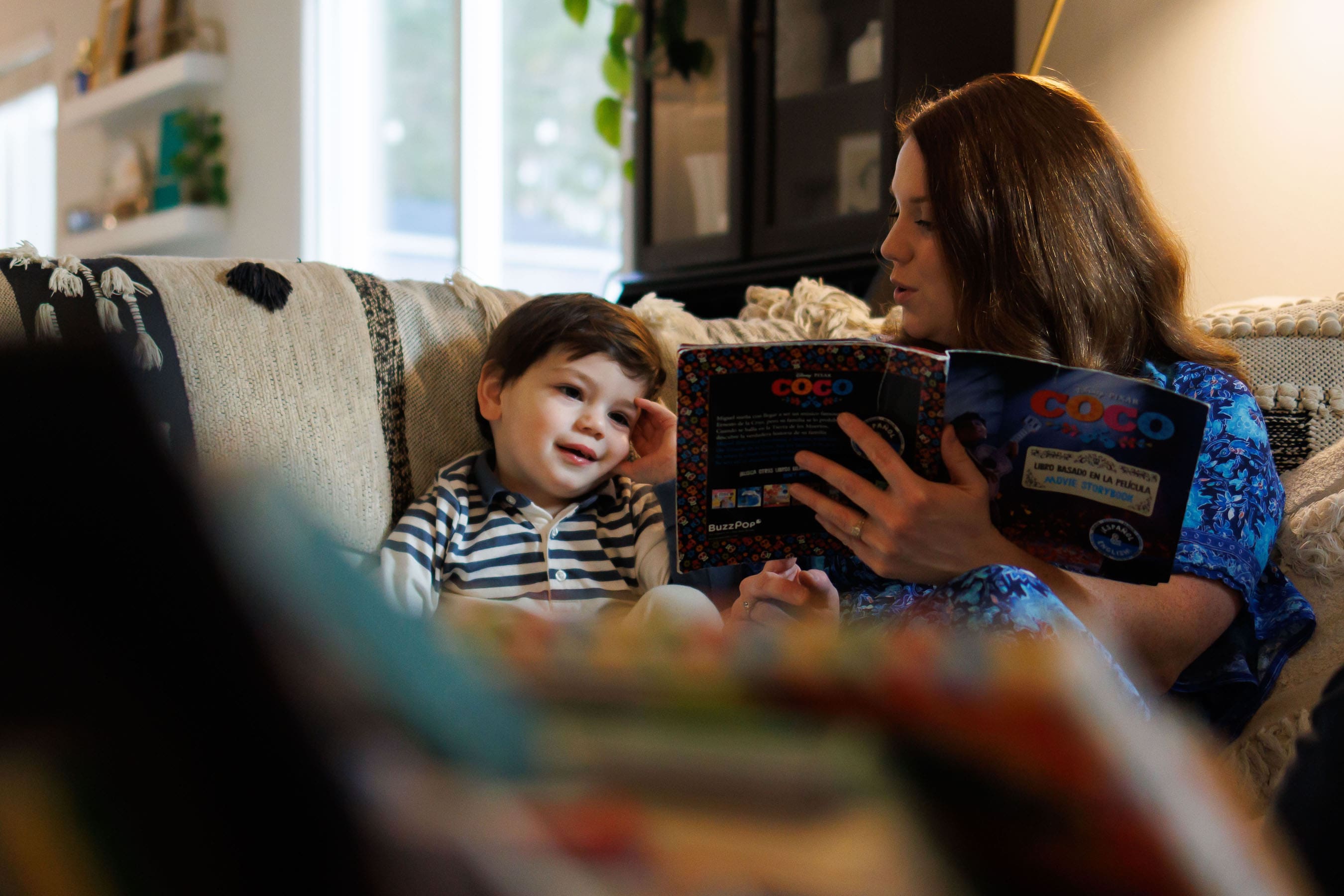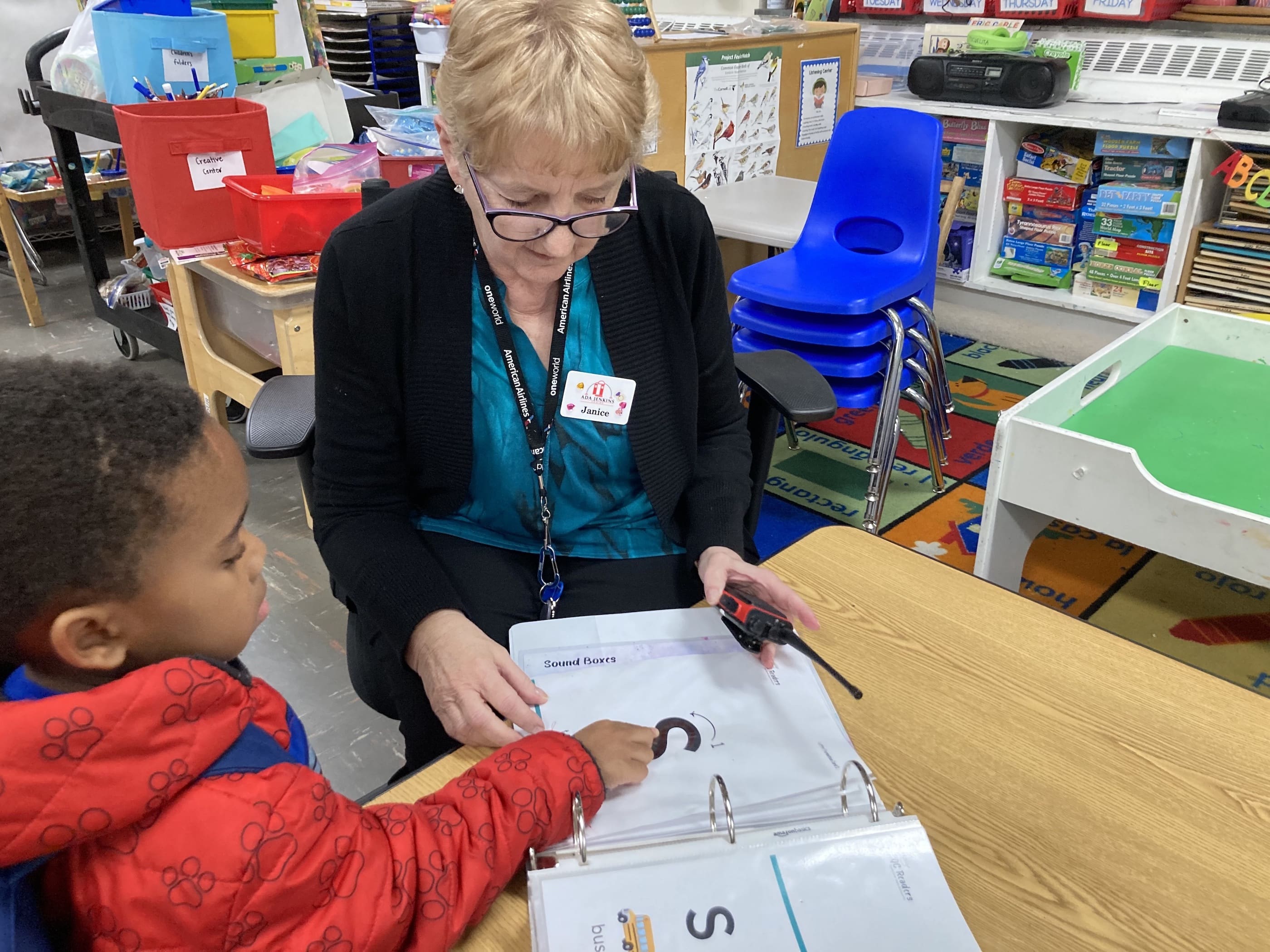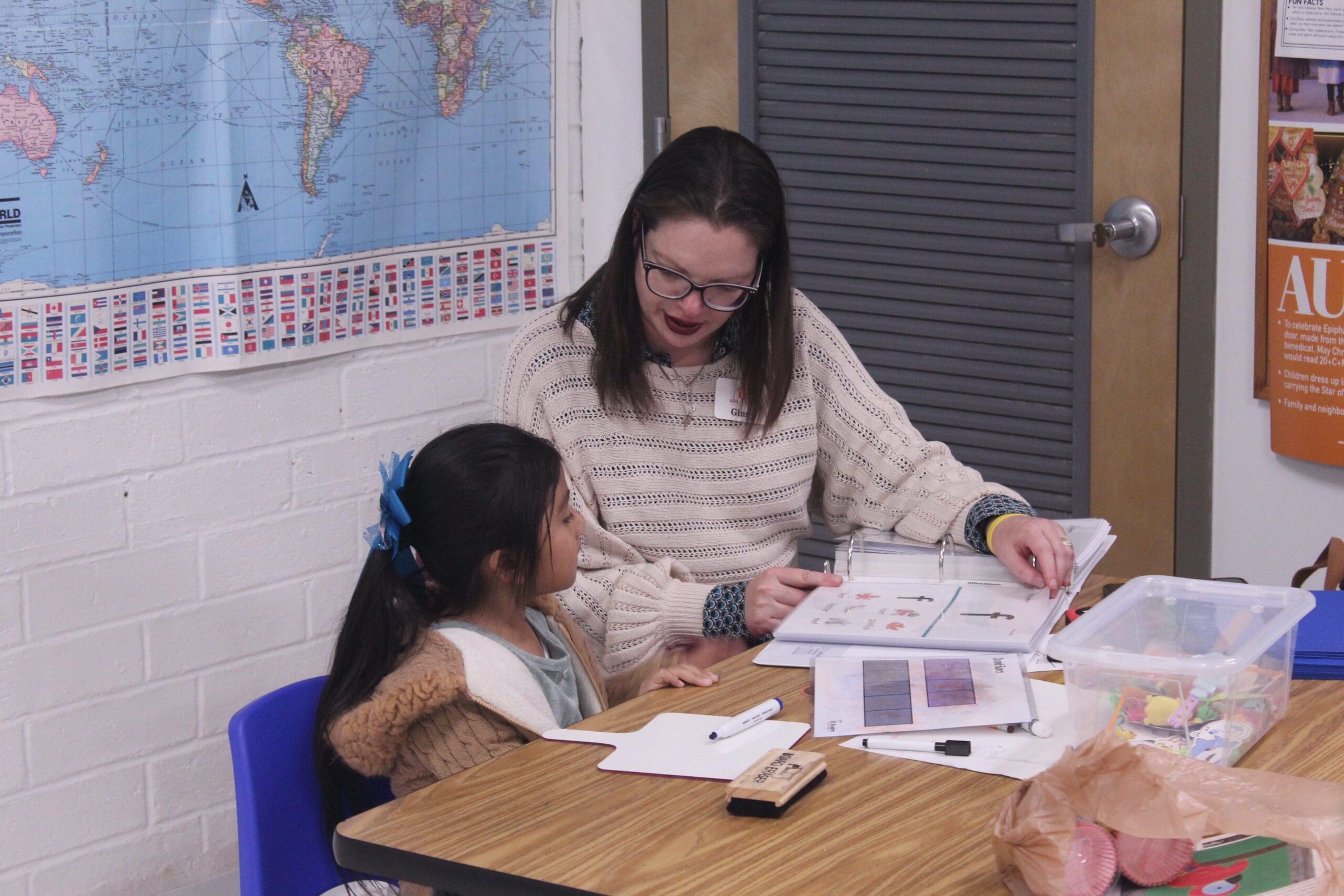Twenty-five years ago, a major national report on reading called Teaching Children to Read was released. This report, published in 2000, was written by a panel of reading experts called, naturally, the National Reading Panel. This group of literacy experts scoured the best evidence-based research at the time to make recommendations for how to teach children to read. Many of the findings from this report provide the foundations for the current “Science of Reading” movement.
New insights about learning to read
Someone once said that science is the development of new intuitions about how the world works.1 Teaching Children to Read represented the best knowledge we had at the time. Yet, the report’s authors acknowledged multiple areas where new knowledge was needed. One of these areas was comprehension:
“There is little research at the K to 2nd grade level on teaching reading comprehension. One important topic at this level is the relationship between listening comprehension and reading comprehension.”
Fortunately, reading science marched on over the next 25 years. A $120 million federal initiative called Reading for Understanding supported scientific investigation into Pre-K-12 reading comprehension. We know much more today about listening comprehension (the ability to understand oral text) and reading comprehension (the ability to understand written text). For example, we now know that Pre-K students’ oral language skills strongly predict later reading comprehension through listening comprehension.2 In fact, low language skills at Pre-K are a better predictor of later reading comprehension difficulties than low letter knowledge. We also now know that as early as second grade, as children develop automatic word-reading skills, listening comprehension becomes the greatest predictor of reading comprehension.3
These more recent research findings are behind Read Charlotte’s new major focus on listening comprehension that we shared in January 2024. There is no question that children need support to build word-reading skills. The challenge we face is how to incorporate this new knowledge about listening comprehension into efforts to help children learn to read and comprehend increasingly complex text. Solving this “research-to-practice gap” is critical to help children reach the College and Career Ready reading goals embodied in Charlotte-Mecklenburg Schools’ five-year (2024-2029) strategic plan.
Our work to support listening comprehension
Read Charlotte’s work in 2024 focused on helping our community meet this challenge. Our work on listening comprehension going forward includes four key initiatives:
Listening Comprehension Resource Center. Despite new research findings about the predictive importance of listening comprehension for reading comprehension, we could not find a comprehensive resource to help educators focus on this important literacy skill. Focus groups we conducted with educators in April 2024 confirmed this gap. After 18 months of planning and development, we successfully completed initial development of the online Listening Comprehension Resource Center. This first-of-its-kind resource includes 250 curated instructional resources to be used by Pre-K-12 educators and practitioners in classroom settings, alongside a knowledge base of research to deepen educators’ understanding of listening comprehension and its importance in the classroom. We have begun our first round of beta testing of this new resource with MECK Pre-K classroom educators. We plan to do additional beta testing with other partners in the spring. Our goal is to have this resource ready for broad distribution by Summer 2025.
Community Read-Aloud Model. High-quality read-alouds of books with children is one of the most powerful strategies to help children build comprehension skills. Interactive read-alouds are one of the classroom instructional practices identified in the North Carolina literacy instruction standards for Pre-K-5 educators. Yet, teachers have limited time for shared reading in the classroom. And children don’t have equal opportunities for shared reading with an adult at home. To address this problem, we want to empower more community-based organizations outside of the school building to provide high-quality read-alouds in their programs. In 2024, we developed a prototype of a new resource, the Community Read-Aloud Model. It is designed to help community groups provide rigorous read-alouds that build three powerful listening comprehension skills: vocabulary, inference, and perspective taking. Modeled after our turnkey Queen City ReadersTM curriculum, it is intended to require limited training of staff and volunteers to use. We are beginning pilots with five nonprofit organizations in early 2025.
Listening Comprehension Assessments. There is a great deal of focus on assessment of various K-3 word-reading skills. By comparison, listening comprehension, which is equally complex, receives much less inspection. We are working with partners to solve this problem. In 2024, we partnered with local community partners to begin pilots of targeted assessment of this literacy skill. We partnered with Freedom School Partners in the Summer 2024 program. We trained their Servant Leader Interns on how they could intentionally focus on building “VIP” listening comprehension skills (vocabulary, inference, and perspective taking) in small group settings while delivering their Integrated Reading Curriculum. Freedom School Partners also piloted a listening comprehension assessment with a subgroup of their students. We partnered with the Charlotte Speech and Hearing Center to pilot use of the LanguageScreen assessment with over 160 four-year-olds in Pre-K classrooms in the 2024-2025 school year. This work includes a partnership with MECK Pre-K. We’re looking forward in 2025 to supporting additional community partners to incorporate assessments of children’s listening comprehension skills into their program implementation and evaluation systems, furthering a focus on these crucial skills and informing instructional decisions with student data.
Read Together. There is much evidence that shared reading at home is one of the most impactful activities that families can do to support their children’s reading development. We front-loaded our listening comprehension work with the launch of the family-focused countywide Read Together shared reading campaign in July 2023. You’ve probably seen our billboards around town. Our social media ads and videos have likely followed you across the Internet. In 2024, the Read Together campaign reached key milestones: 17 million social media impressions (views), over 400,000 complete views of our videos, and 93,000 unique visitors to our campaign website (ReadTogetherCLT.org). We’re not alone in this work. We have 18 community partners that work together. We’ve met 11 times as a group since the start of the campaign. There is a lot of great work happening across our community partners. One example is the Charlotte Mecklenburg Library, which delivered over 150 Active Reading and Read Together workshops for children and families in 2024. We’re proud to have partnered with the Library on the Active Reading initiative for the past seven years.
Plenty of progress, much more to do
We’re proud of the work we accomplished together with our partners in 2024. We’ve built a solid foundation, yet there is much good work to be done ahead of us. We will continue to work to close the research-to-practice gap with our partners. Our ultimate goal of course is to help the children of Charlotte-Mecklenburg build listening comprehension skills that will improve their reading comprehension and raise reading scores in our community.
1 Centola, D. (2021). Change: How to make big things happen. Hachette UK.
2, 3 Pearson, P. D., et al (2020). Reaping the Rewards of the Reading for Understanding Initiative. National Academy of Education.



